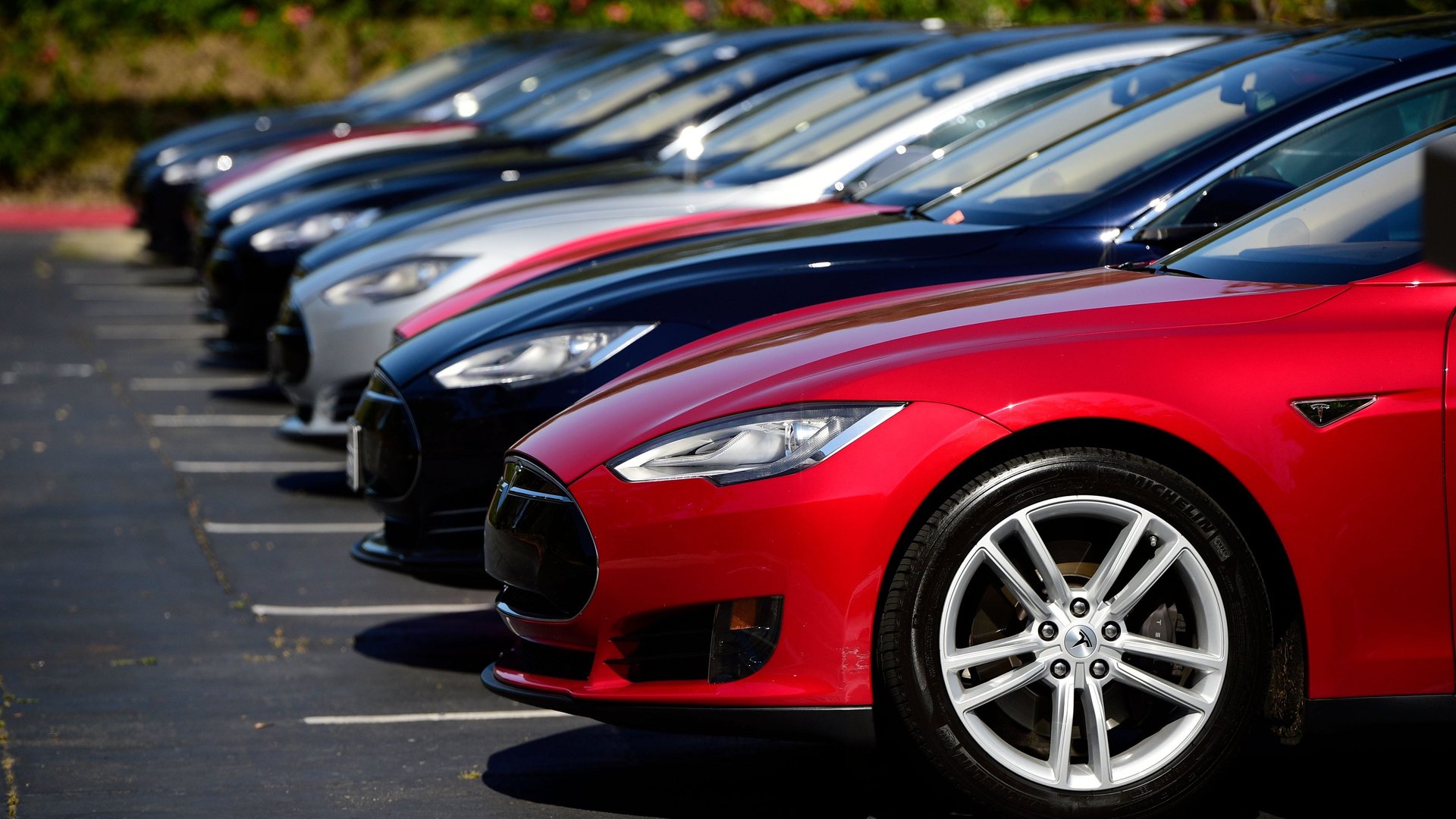How to find the perfect parking spot, according to science
Whether you’re zipping around in a Tesla or crawling along in an old jalopy, the hunt for a parking space is enough to drive anybody crazy. Especially in heavily populated areas, parking is an age-old dilemma.


Whether you’re zipping around in a Tesla or crawling along in an old jalopy, the hunt for a parking space is enough to drive anybody crazy. Especially in heavily populated areas, parking is an age-old dilemma.
Do you settle for the first spot available or gamble on finding a space closer to your destination?
To minimize the amount of time spent searching (or walking), drivers should utilize a “prudent” strategy, according to a new paper published in the Journal of Statistical Mechanics. That means parking with moderate optimism.
In designing their thought experiment, the authors created three parking strategies: meek, prudent, and optimistic. They assumed a person’s walking speed was equivalent to their driving speed and imagined that only one car entered their fictional lot at a time (driving from right to left).
Using this framework and a differential equation, the authors—Paul Krapivsky of Boston University and Sidney Redner of the Santa Fe Institute—found meek drivers were the worst off.
“The meek driver wastes no time looking for a parking spot and just parks at the first available spot that is behind the most distant parked car,” the authors wrote. “This strategy is risibly inefficient; many good parking spots are unfilled and most cars are parked far from the target.”
Especially when there are few cars are parked in a lot, parking meekly is “ludicrous,” they wrote.
Instead of settling immediately, drivers should press on. The prudent driver proceeds to the first available gap between parked cars, parking at the leftmost space. If none exists, then they must backtrack to the meek position. Prudent parking, the authors contend, is the ideal approach because it (typically) wastes the least amount of time.
The third strategy—optimism—is the boldest, but also offers the greatest potential payoff. In this scenario, an optimistic driver continues all the way to their destination and doubles back to find the nearest spot. If they’re in a crowded lot, though, this can backfire and result in wasted time.
Krapivksy and Redner write, “even though the prudent strategy does not allow the driver to take advantage of the presence of many prime parking spots close to the target, the backtracking that must always occur in the optimistic strategy outweighs the benefit by typically parking closer to the target.”
Of course, their thought experiment has some limitations. For one, it doesn’t account for parking at a crowded stadium, where the rush to exit is often more time-consuming than initial parking. It also doesn’t consider autonomous vehicles, or the financial toll from dents suffered when parking an expensive car in close proximity to others.
Regardless, if you want to park smarter, you’ll be best served by a prudent approach.